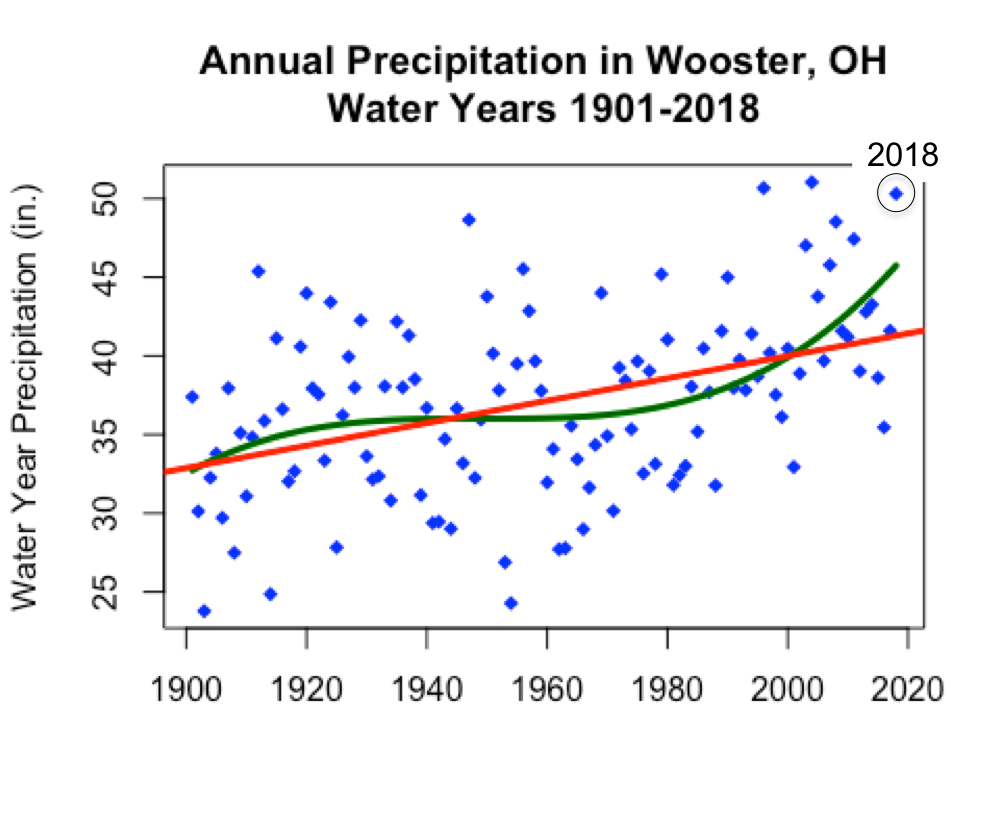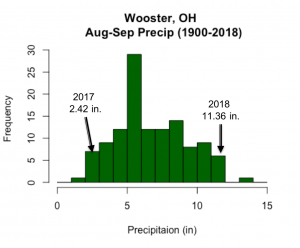If you’ve ever been to the Everglades or even heard of them, you probably are picturing something like this:
Or maybe this:
In other words, Everglades National Park exists because it is “important habitat for numerous rare and endangered species” (from the Everglades NP homepage). I visited the Everglades recently, and thankfully all four major National Park Service sites in South Florida are still open despite the government shutdown thanks to non-profit partners like the Florida National Parks Association. (Seriously, South Florida’s private groups have done an admirable job preventing the sort of issues experienced at other National Parks.) One thing I learned, starting with a diagram in the Big Cypress National Preserve welcome center, then while driving and walking around the Everglades, was that the great diversity of habitats found in the Everglades is strongly dependent on the geology. More specifically, the habitats you in the Everglades are dependent on two things: 1) the seasonal rise and fall of the water table between the rainy and dry seasons and 2) minute changes in elevation.
Ignoring for a moment the low-lying areas along the coast that are impacted by seawater, even the freshwater ecosystems of the Everglades are sensitive to very small changes in elevation. The sensitivity comes from an interaction between precipitation cycles and elevation. During the rainy season, so rain water enters the Everglades that the water table (the level below which the ground is saturated) rises, and water seeps out of the ground to flood low-lying areas. Lower areas get flooded for a longer period of the year.
In the heart of Big Cypress National Preserve, for example, the high points are about 13 ft in elevation. This high ground is dominated by “hardwood hammocks”, evergreen broadleaf trees live gumbo limbo, live oak, and mahogany. It looks almost like a tropical rainforest, but with fewer vines and ferns. These hammocks are the only reliably dry ground in the wet season.

The edge of a hardwood hammock; the light at the far end of the photo is from the adjacent pinelands.
About two feet lower (11 ft elevation), you’ll transition into the pinelands. Having lived out West, I’d call this “parkland” — lots of grass, with tall slash pines dispersed throughout. It’s the only habitat in the Everglades that looks appealing for a stroll, and it only floods about 2-3 months during the year. The pinelands have regular fires, just like the ponderosa pine forests of the Rockies.
Go another two feet lower (9 ft elevation), and there is “open” prairie. “Open” is deceptive here because 4-6 months of the year it’s basically a giant pond. This is the habitat that wading birds like egrets, storks, and spoonbills love. Still, they also burn regularly enough to prevent trees from growing.
Another foot lower (8 ft) elevation, and you’re into the cypress swamps. These swamps are flooded more than half the year, so it’s too wet for hardwoods or pine trees. They’re even too wet for prairie because they rarely burn. Bald cypress trees, though, are well-suited for this life. They thrive in freshwater — so much so, in fact, that they shed their leaves in the dry season (boreal winter). That’s right, in South Florida, the broadleaf trees are evergreen and the needle-leaf trees are deciduous! The madness!
The lowest inland elevations are the “gator holes” and “sloughs”; permanent pools of water that are wet all year round. This is where all of the fish, the turtles, and the water birds congregate (with the alligators) in the dry season. (That’s also why the dry season is the best time to see wildlife — it’s confined!)
Closer to the coast, the entire system is shifted down and compressed to an even tighter elevation range. The water table slopes toward the coast, so the top of the system (hardwood hammock) is 7 feet elevation, the cypress are down at about 3.5 feet, and anything lower is probably brackish water. Depending on salinity of the water and soil, you might see mangroves, grasses, pickleweed, or even cactus. But suffice it to say, the interplay of the wet and dry seasons and subtle changes in elevation dictate the balance of four distinct freshwater habitats and several brackish habitats, as well. This is a very sensitive system, and even slight changes to elevation (or sea level) can make a world of difference.
















































